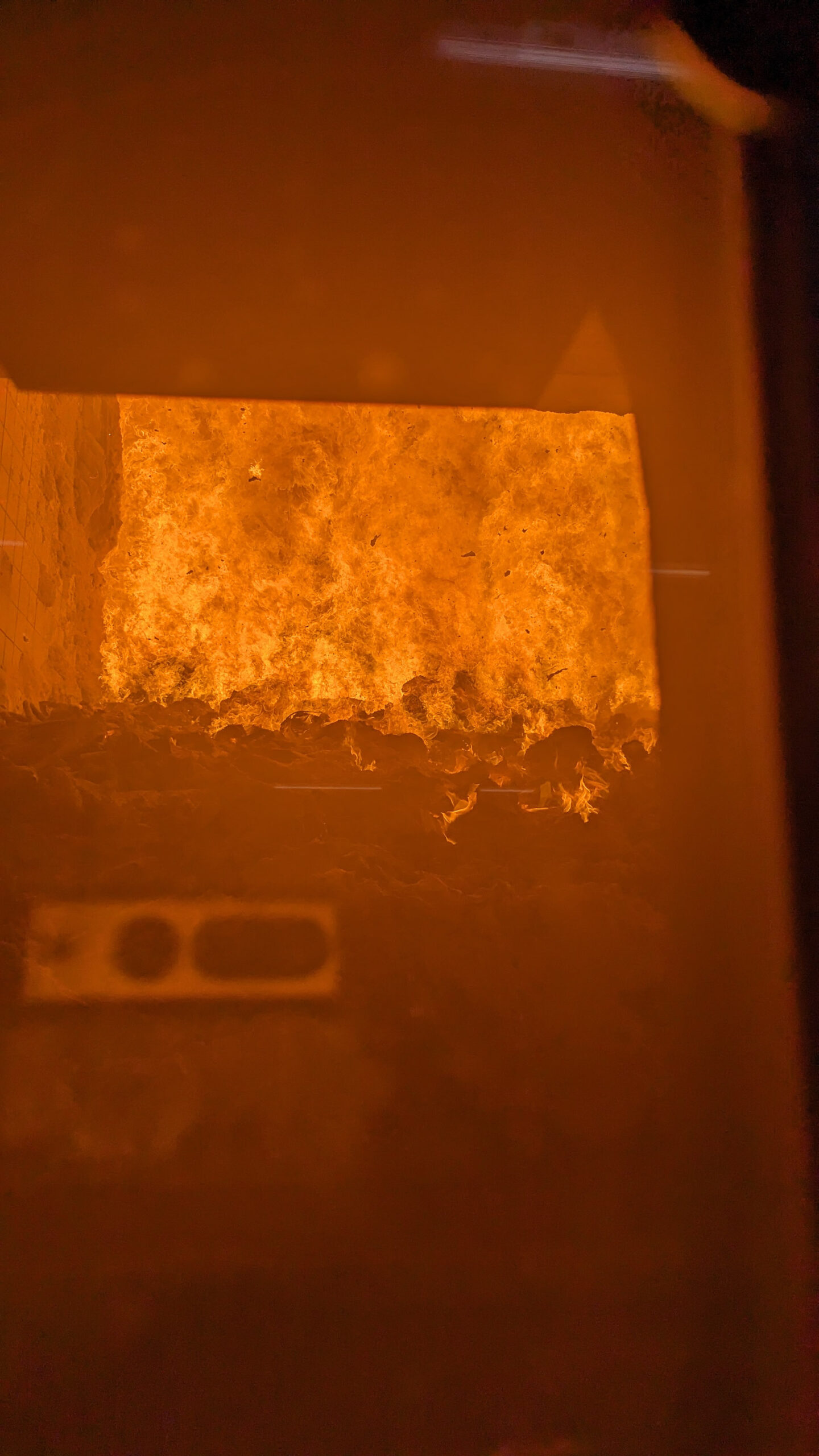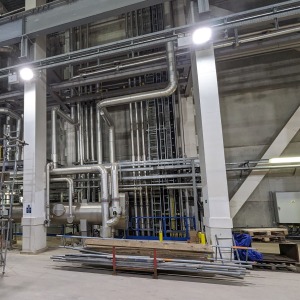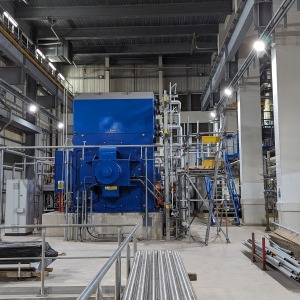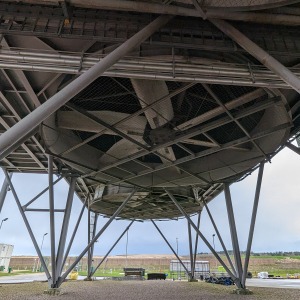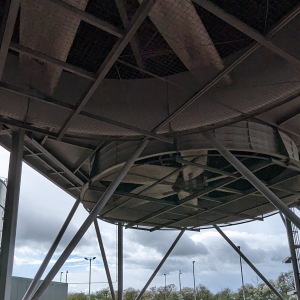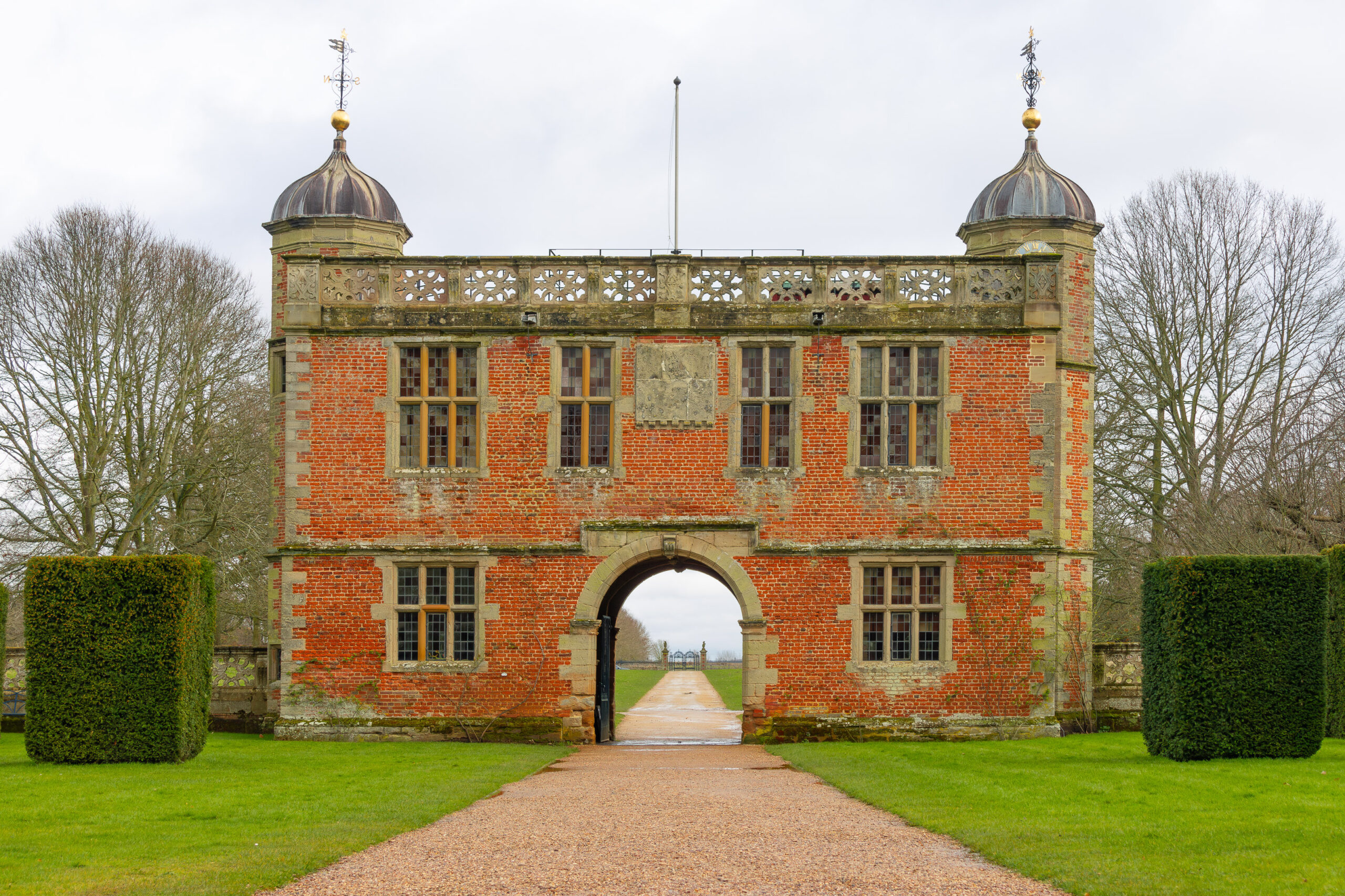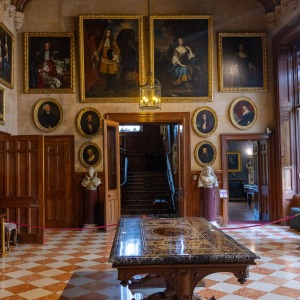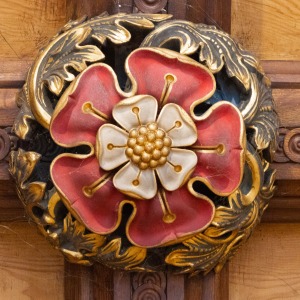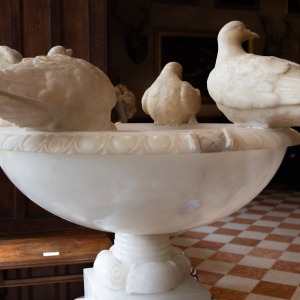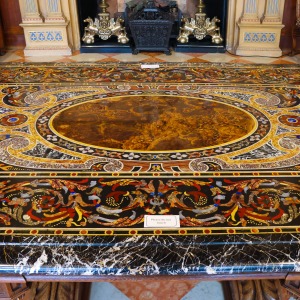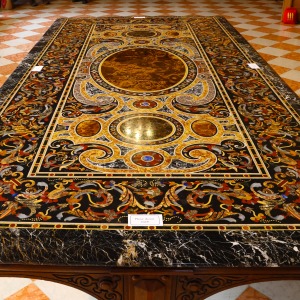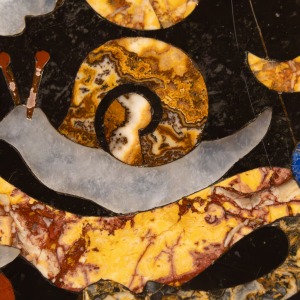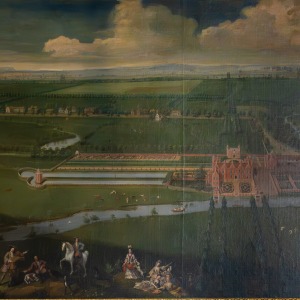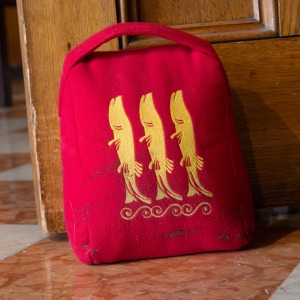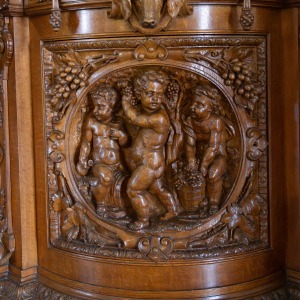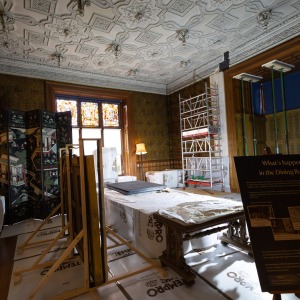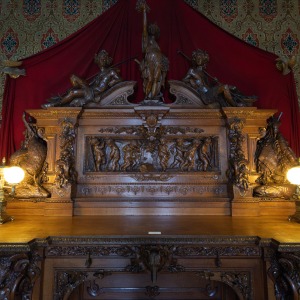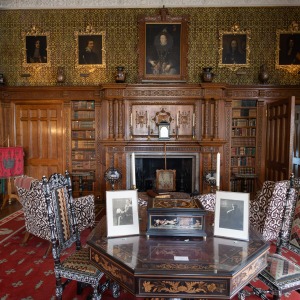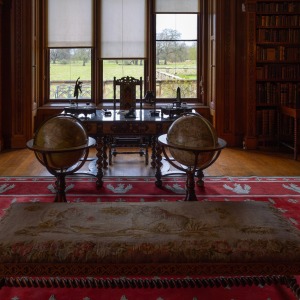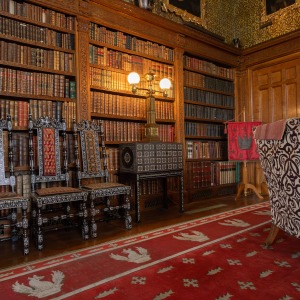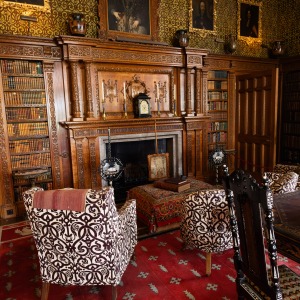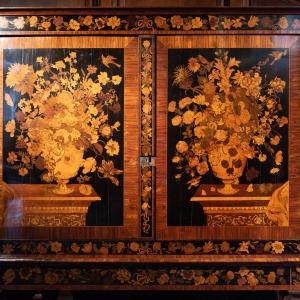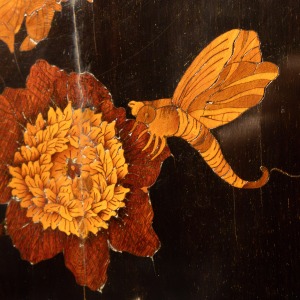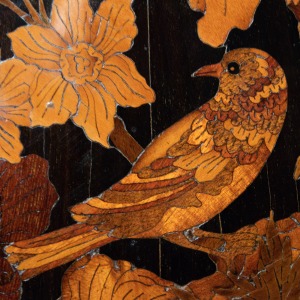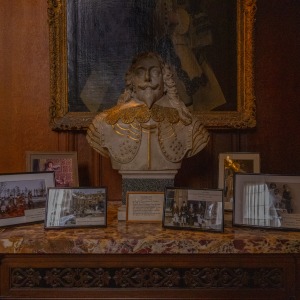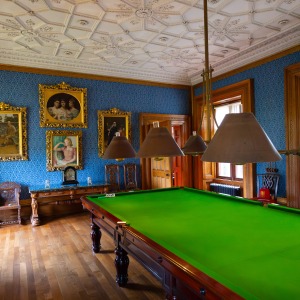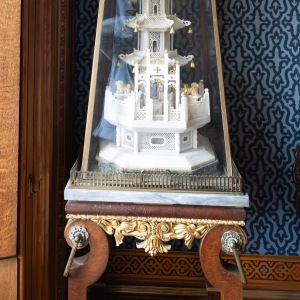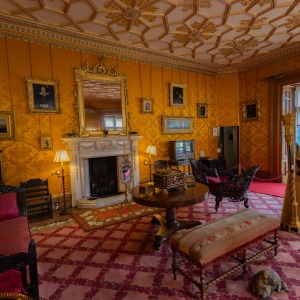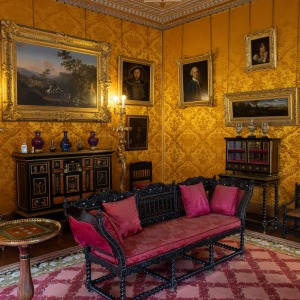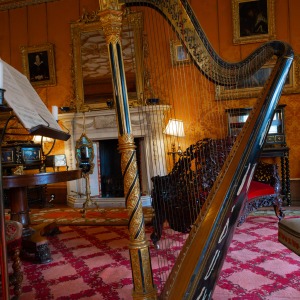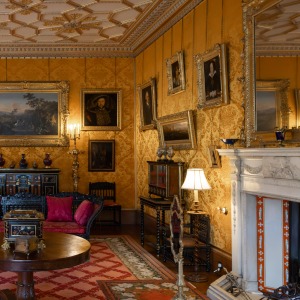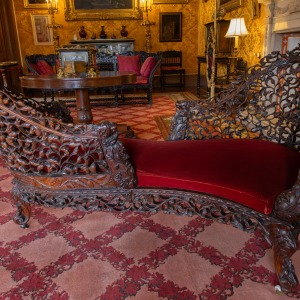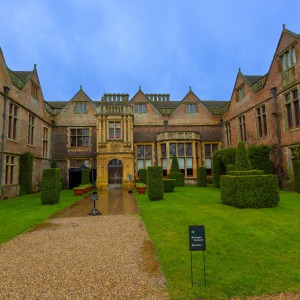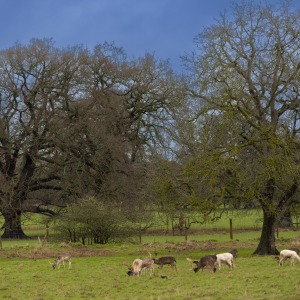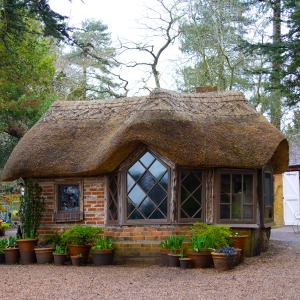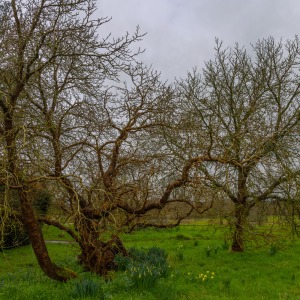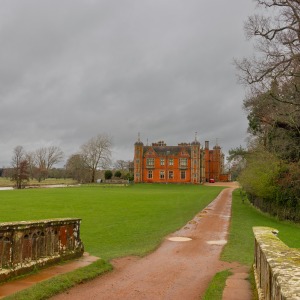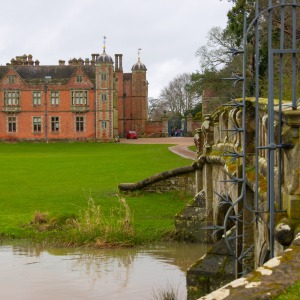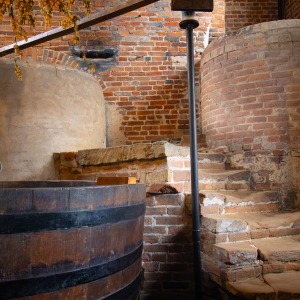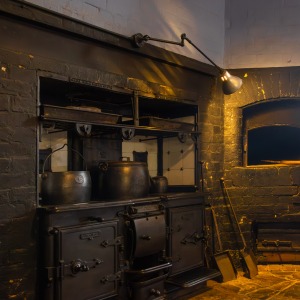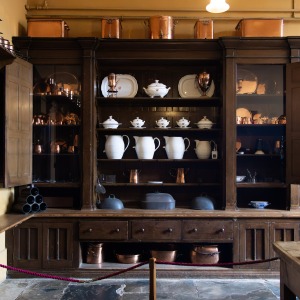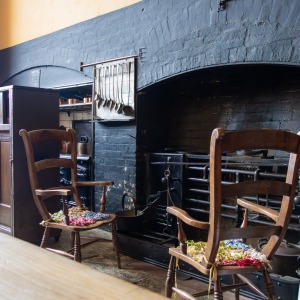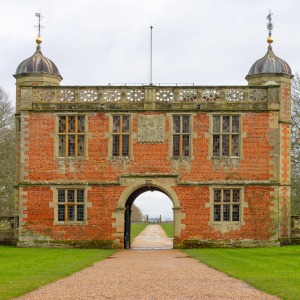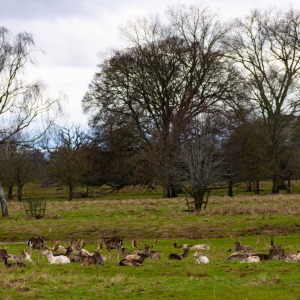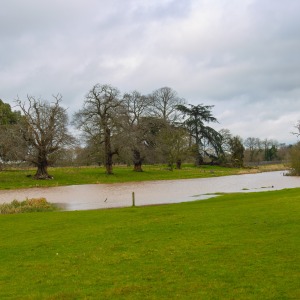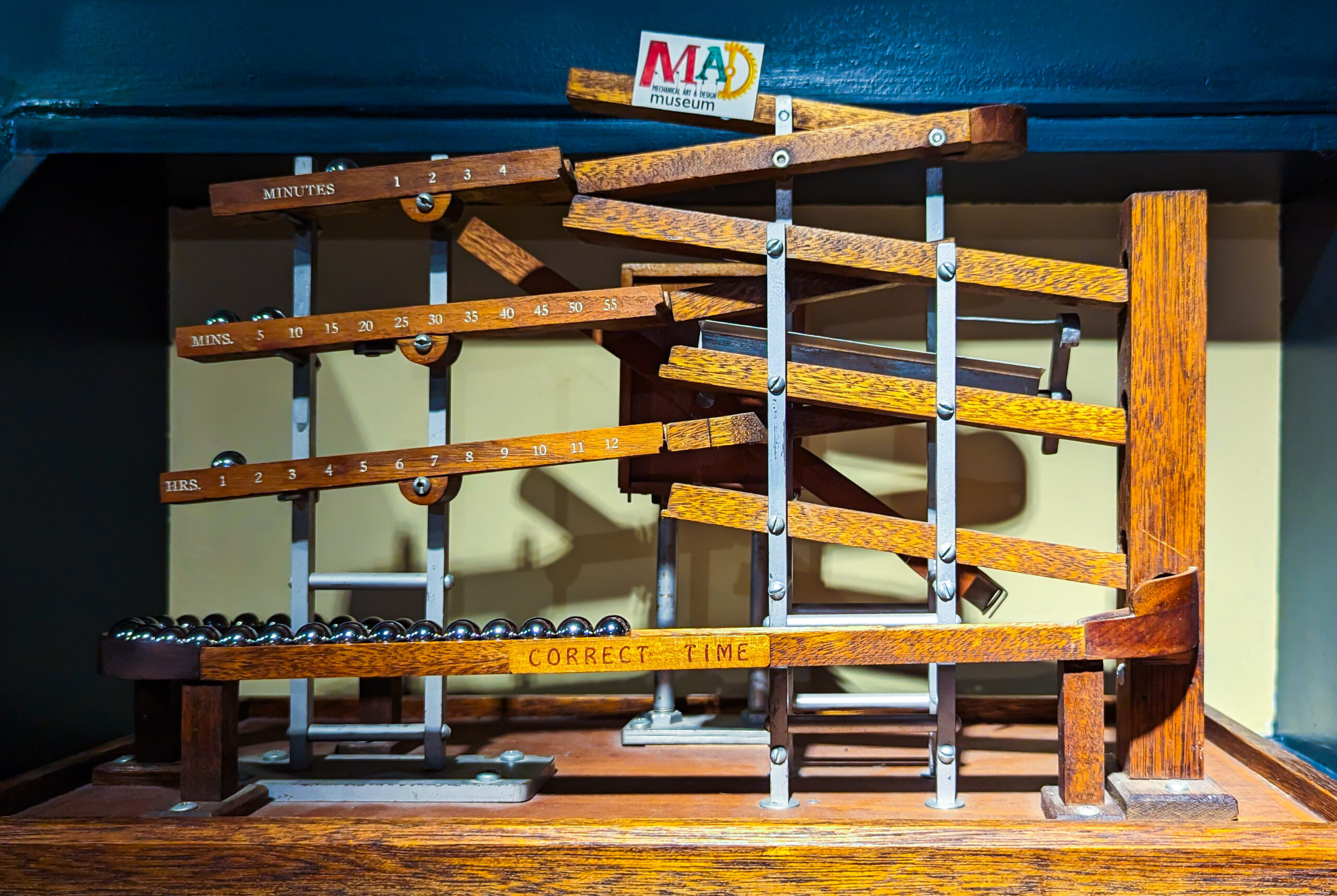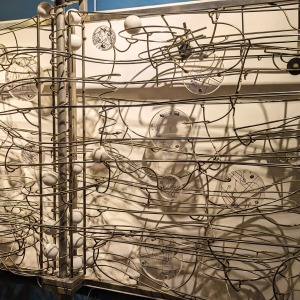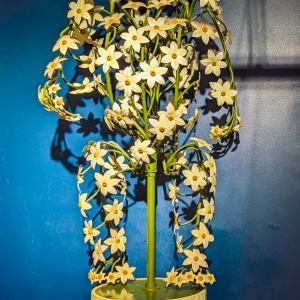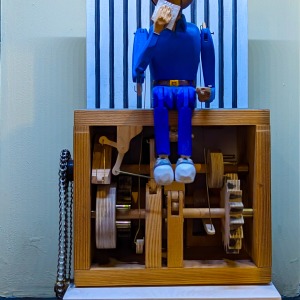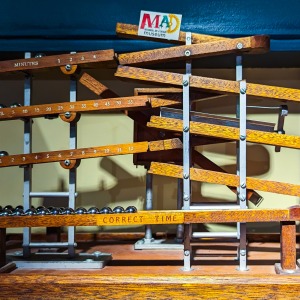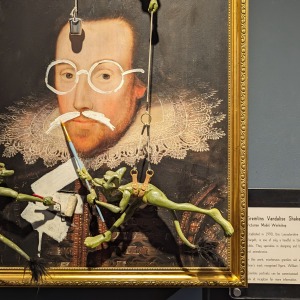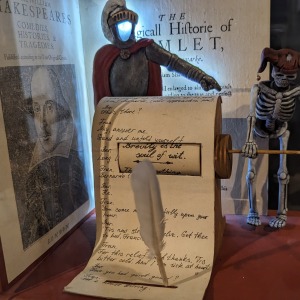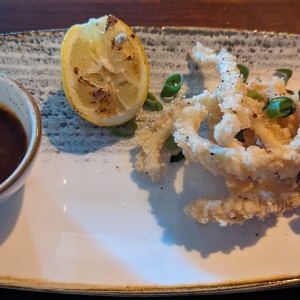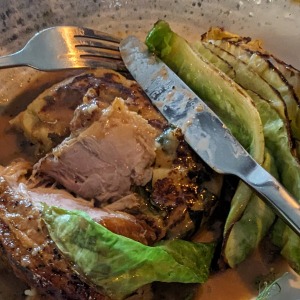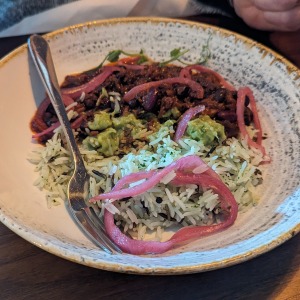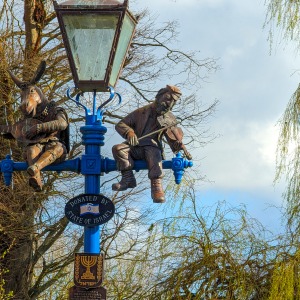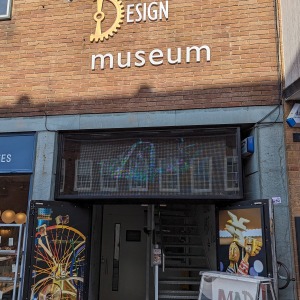12th March 2024
Deciding to risk the ominous forecast weather, our destination for this Tuesday was the NT’s Charlecote Park, in Warwickshire. Departing amidst a downpour, the journey along the M40 proved challenging, with waterlogged roads and poor visibility. However, as we neared our destination, the weather forecast showed its accuracy, the rain ceased, and we arrived at the park under cloudy skies, but importantly no rain. Rosemary, ever sceptical, brought her jacket, while Steve opted to leave his in the car—both wagering on the fickle forecast. Boarding the National Trust passenger vehicle to the house, we heeded the driver’s warning of muddy paths. Recent winter rains had left their mark, with the River Avon flooding the grounds, giving the box hedges a wash.
Charlecote Park stands as a testament to centuries of history, its roots extending back to the Tudor era. Built in the 16th century, the original house was constructed by Sir Thomas Lucy, a prominent figure in Warwickshire society. The Lucy family’s influence and wealth were reflected in the grandeur of Charlecote, which evolved over the centuries through various renovations and expansions.
Throughout its history, Charlecote House has played host to various notable figures, including Queen Elizabeth I, who visited the estate during her reign. The house witnessed periods of prosperity and decline, surviving the ravages of time and the challenges of changing fortunes.
Inside the house, our time was well-spent. Engaging with the National Trust volunteers, we learned about the history behind the grand Pietre Dure table in the hall—a masterpiece of intricately veneered stone, a testament to the wealth of its original owner who, in today’s currency, would have paid a staggering £17 million for it. It was bought at auction by the Victorian George Hammond Lucy, who is said to have outbid the king for it.
We also learned a little of the history. One notable episode in Charlecote’s history involves a young William Shakespeare, who, according to local legend, found himself in trouble with Sir Thomas Lucy for poaching deer on the estate. This purported incident is thought to have inspired Shakespeare’s later satirical depiction of Sir Thomas Lucy in his plays as Justice Shallow.
Exploring further, we found the Dining Room undergoing repairs, a casualty of water damage from a leaking roof. Despite this, the highlight remained the serving buffet, albeit a challenge for Rosemary to navigate due to her & its relative heights.
The library, complete with countless books, piqued our interest, yet we couldn’t help but notice the absence of river-facing windows— a curious feature of the Victorian extension. Surely, the original house, with its Capability Brown-designed landscape, must have embraced the riverside view In the 18th century?
Charlecote underwent significant renovations under the ownership of Mary Elizabeth Lucy, Welsh wife of George Hammond Lucy, who worked tirelessly to restore and enhance the estate. The addition of Victorian extensions, including the library and billiard room, added to the house’s architectural splendour while preserving its historic charm. She obviously didn’t like looking at the river or, perhaps, its potential flooding capabilities.
In the Billiard Room, Japanese artefacts caught our attention, rumoured to be earthquake detectors—an intriguing blend of function and ornamentation.
We moved on to the Drawing Room, a space tailored for relaxation.
After the house tour, we indulged in a hearty lunch at the café, where a predominantly vegan menu awaited—a nod, perhaps, to changing dietary preferences, or simplicity for the limited number of visitors in winter.
Strolling through the gardens, we marvelled at the resident deer, stags and does leisurely occupying the estate. A visit to the kitchens, laundry, and brewery offered insights into daily life on the estate in centuries past. We were told the estate was open last Christmas. We made a mental note.
